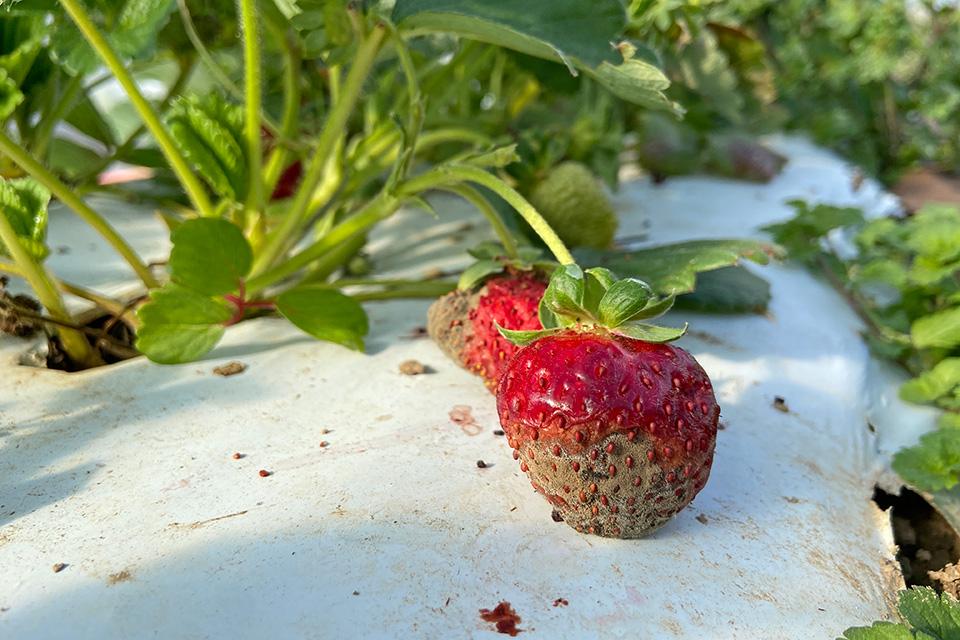Yellow Shoulder Disorder: An Issue For Tomato Growers In The Midwest
Yellow shoulder disorder was among the topics during the Ohio Produce Growers and Marketers Association annual convention on Monday. The convention was held this week in Sandusky, OH.
Brad Bergefurd, who is with The Ohio State University Extension, discussed “Fresh Market Tomato Fertility” and mainly addressed the issues surrounding yellow shoulder disorder. Part of his message was that growers are not able to stop its spread once it sets in.
The fertility-based disorder appears to strike hybrid varieties for growers in the Midwest. Stress caused by high temperatures affects the plants, and the disorder can be triggered by insufficient exchangable potassium, excessive magnesium in relation to calcium, and soil pH above 6.7.
Bergefurd recommends doing tissue analysis of the tomato once the plant has its first flowers, specifically once a week in the mornings, with an iron meter. With the test results, growers can alter the nitrogen, calcium, potassium, and magniesum applied to reduce yellow shoulder disorder. He also recommends fertigating often, adjusting throughout the season, and at the end of the irrigation cycle, and irrigating often, as well.
Bergefurd also noted that yellow shoulder disorder is mainly seen in hybrid varieties, not heirloom.










